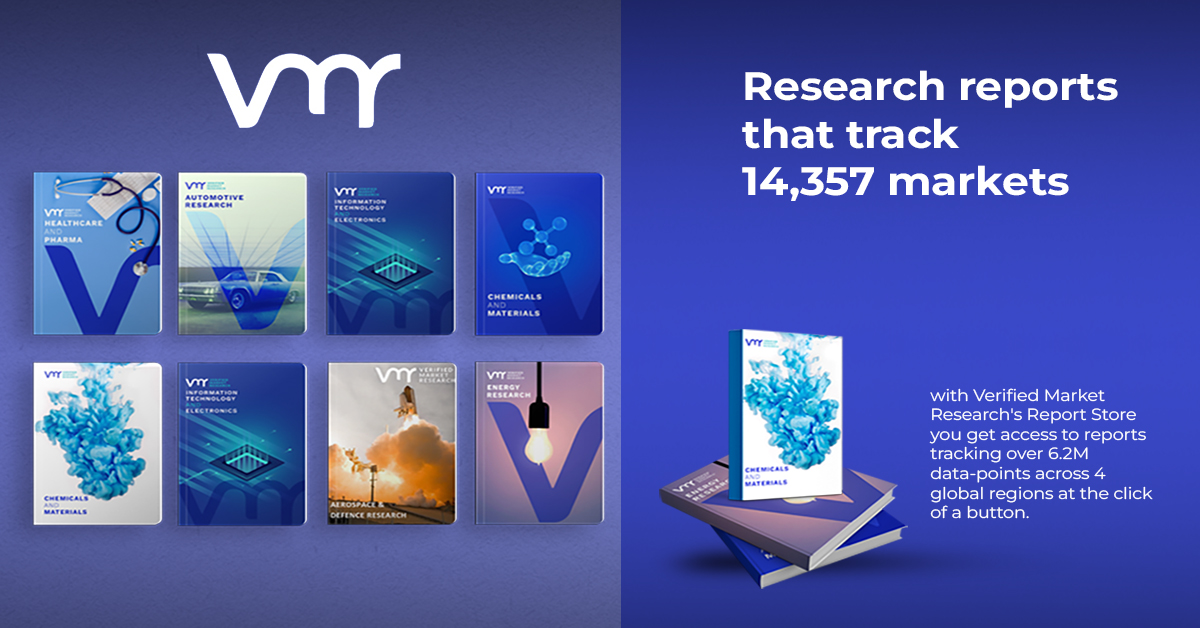Navigating the Coiled Tubing Market: Key Developments and Trends Transforming the Industry
The coiled tubing market is experiencing a dynamic evolution, driven by technological advancements, rising oil and gas demands, and the need for efficient solutions in drilling and well interventions. This article explores the latest key developments within this market, providing insights into trends, challenges, and future directions.
Understanding Coiled Tubing: An Overview
Coiled tubing (CT) refers to a continuous length of steel or composite tubing that is wound on a spool. It is primarily used in oil and gas operations for drilling, well intervention, and other applications. Its flexibility, efficiency, and ability to operate in challenging environments make it an essential tool in modern petroleum engineering.
The Market Landscape
Recent estimates indicate that the global coiled tubing market was valued at approximately $4 billion in 2022, with projections to grow at a CAGR of over 6% through 2030. This growth is largely fueled by increased drilling activities, particularly in unconventional oil and gas plays, and the rising importance of enhanced oil recovery (EOR) techniques.
Key Developments Shaping the Market
1. Technological Advancements
Emergence of Smart Coiled Tubing:
Recent innovations have led to the development of smart coiled tubing systems equipped with sensors and data analytics capabilities. These advancements allow real-time monitoring of pressure, temperature, and other critical parameters, enabling operators to optimize performance and minimize risks during operations.
Materials Innovation:
The introduction of composite materials in coiled tubing manufacturing has enhanced the strength-to-weight ratio, allowing for deeper penetration and greater flexibility in challenging environments. These materials are also more resistant to corrosion, reducing maintenance costs and extending service life.
2. Rising Demand from Unconventional Resources
As traditional oil reserves dwindle, operators are increasingly turning to unconventional sources like shale gas and tight oil. Coiled tubing is crucial in these operations, enabling efficient drilling and stimulation processes. In the U.S. alone, the number of active drilling rigs has surged, driving the demand for CT services.
3. Growth of Enhanced Oil Recovery (EOR) Techniques
The push for sustainability and efficiency has accelerated the adoption of EOR methods. Coiled tubing plays a pivotal role in these processes, particularly in the injection of water, gas, or chemicals into reservoirs to stimulate production. This trend is particularly evident in mature fields, where maximizing output is critical.
4. Global Market Expansion
The coiled tubing market is not just confined to North America. Emerging markets in Asia-Pacific and the Middle East are witnessing significant investments in oil and gas infrastructure. Countries like Saudi Arabia and India are ramping up their exploration and production activities, creating opportunities for CT service providers.
Challenges Facing the Coiled Tubing Market
Despite the promising outlook, the coiled tubing market faces several challenges:
1. Fluctuating Oil Prices
The volatility of oil prices can significantly impact the coiled tubing market. During downturns, operators may reduce capital expenditures, leading to decreased demand for CT services. This cyclical nature of the oil and gas industry necessitates adaptability from service providers.
2. Regulatory and Environmental Concerns
Increasing environmental regulations require operators to adopt cleaner and safer practices. Coiled tubing operations must adhere to strict compliance measures, which can impose additional costs and affect project timelines.
3. Skilled Labor Shortage
As the industry evolves, there is a growing need for skilled technicians capable of operating advanced coiled tubing systems. The current skills gap poses a challenge to companies looking to adopt new technologies and maintain operational efficiency.
Future Trends in the Coiled Tubing Market
1. Digital Transformation
The integration of digital technologies into coiled tubing operations is set to reshape the market. Predictive analytics, machine learning, and artificial intelligence are being utilized to enhance decision-making processes, improve safety, and reduce downtime. Companies that embrace digital transformation will likely gain a competitive edge.
2. Focus on Sustainability
As the industry shifts towards greener practices, coiled tubing services that prioritize sustainability will become increasingly important. This includes developing eco-friendly materials and implementing processes that minimize environmental impact.
3. Strategic Partnerships and Collaborations
To navigate challenges and leverage opportunities, companies are forming strategic partnerships. Collaborations between service providers, technology firms, and research institutions are fostering innovation and expanding capabilities in coiled tubing applications.
4. Increased Investment in Research and Development
Ongoing investments in R&D are crucial for advancing coiled tubing technology. Innovations aimed at enhancing efficiency, safety, and cost-effectiveness will play a pivotal role in shaping the future of the market.
The coiled tubing market is on the cusp of significant transformation, driven by technological innovations, growing demand for unconventional resources, and an emphasis on sustainability. While challenges such as fluctuating oil prices and regulatory hurdles persist, the overall outlook remains positive. Companies that adapt to these changes and invest in technology and talent will be well-positioned to thrive in this evolving landscape.
As the industry continues to innovate and respond to emerging trends, stakeholders must stay informed and agile, ready to seize opportunities as they arise. The future of the coiled tubing market holds promise, and those involved can expect exciting developments ahead.










